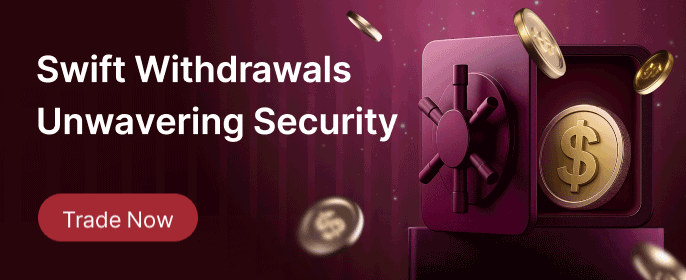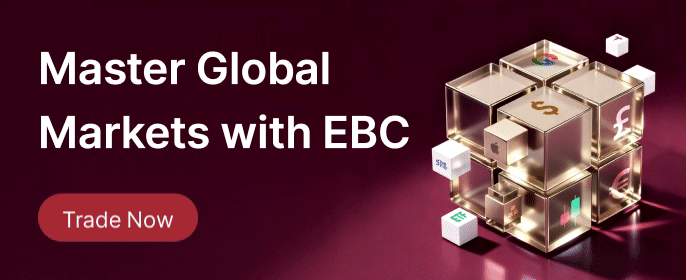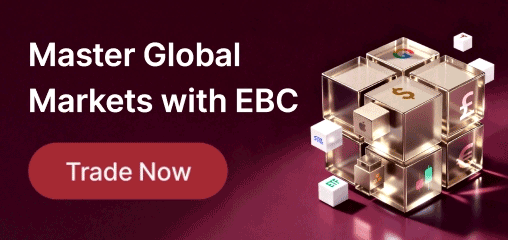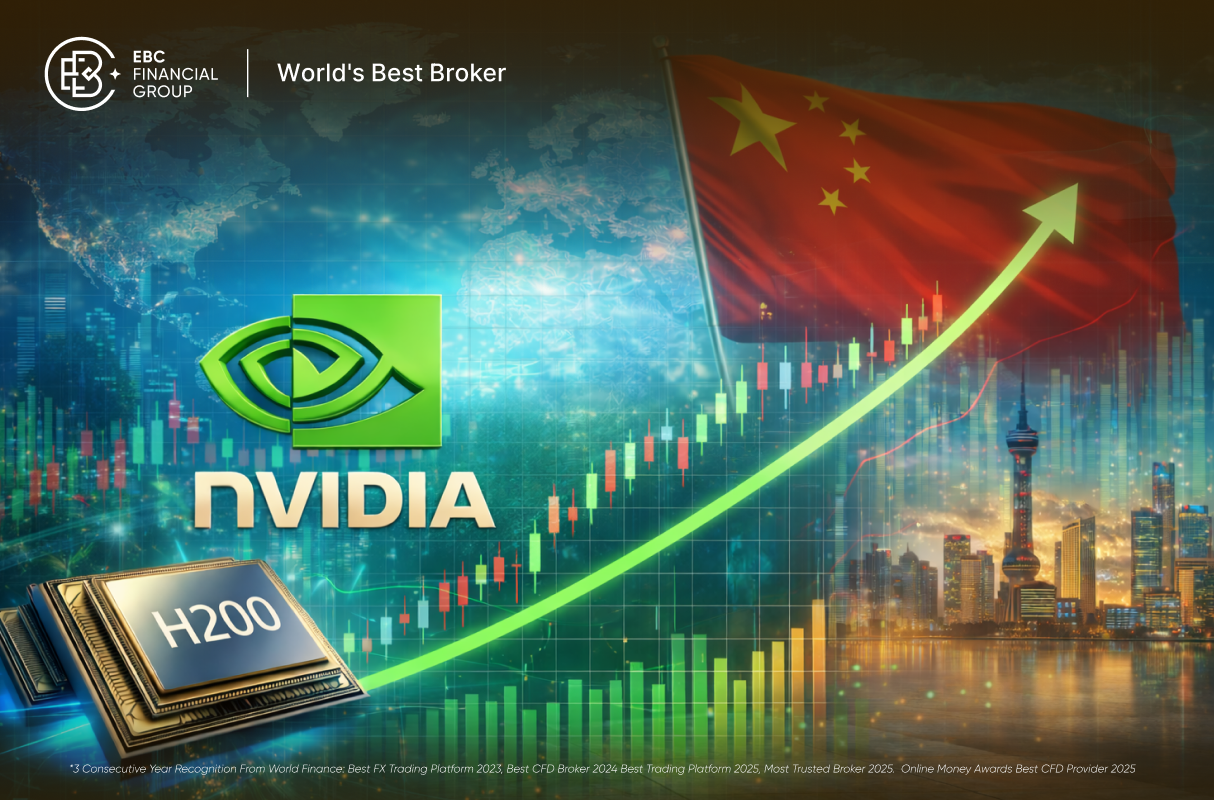Gold is a precious metal that is highly favored by investors because of its
unique attractiveness and investment value. There are two main ways to invest in
gold: spot trading and futures trading. In this article, we will focus on
introducing these two gold trading methods and listing the differences between
spot and futures gold trading in order to help investors better understand their
characteristics and risks.

Spot trading of gold
Spot gold trading refers to the trading method in which investors directly
purchase and hold physical gold. In this type of transaction, investors purchase
actual gold bars or coins and have two common ways to keep them: one is to store
the gold in their own vault, and the other is to entrust it to a third-party
institution for safekeeping.
A major characteristic of this type of transaction is timely delivery. Once
both parties reach an agreement, the gold will be immediately delivered to the
investors, which means you can immediately own the physical gold and fully own
it. In addition, the gold spot market usually has high liquidity, and investors
can buy or sell gold at any time according to market demand, which makes trading
more flexible.
Holding physical gold also involves some considerations, such as safety,
storage, and insurance costs. Investors need to decide whether to store gold in
a safe vault or entrust it to a professional institution for safekeeping, while
also considering the cost of purchasing gold, storage fees, and insurance fees.
These expenses will have an impact on investment; therefore, a reasonable cost
assessment is required.
Gold futures trading
Gold futures trading is a trading method that involves signing a contract to
buy or sell gold at a predetermined price at a predetermined date in the future.
This type of transaction adopts standardized futures contracts, which specify
details such as delivery date, delivery location, and delivery quality.
Each futures contract represents a certain amount of gold, and this leverage
effect allows investors to control large gold contracts by paying guarantees.
This trading method can amplify profits but also increase risks. Investors
should be cautious when using leverage and consider their own risk
tolerance.
Gold futures trading is conducted on an exchange with specific trading hours
and rules. The price of gold futures is influenced by various factors, including
market supply and demand, macroeconomic factors, geopolitical risks, and
investor sentiment. Investors need to use methods such as technical analysis and
fundamental analysis to predict market trends and develop corresponding trading
strategies and risk management plans.
For the delivery or closing of futures contracts, investors can choose to pay
or receive the corresponding amount of physical goods in accordance with the
provisions of the contract or sell or buy contracts in the opposite direction
before the contract expires. This diversified trading strategy provides
investors with more choices.
Comparing the differences between spot gold trading and futures, the
following points can be drawn:
-
Delivery time:
Spot trading: In the spot market, both parties immediately deliver and pay
for gold, usually within two working days after the transaction is completed.
This trading method is actually instant delivery.
Futures trading: Futures contracts stipulate the delivery of gold at a
specific date in the future. This means that both parties to the transaction do
not need to immediately fulfill the contract but can deliver on a specified date
in the future. Futures trading is usually used for hedging and speculation.
-
Levers:
Spot trading: Usually, without leverage, investors need to pay the full cost
of purchasing gold.
Futures trading: Leveraging can be used, which means that investors only need
to pay a small portion of the contract value as a margin to control a larger
amount of gold. This increases potential profits but also increases potential
losses.
-
Price determination:
Spot trading: The price of gold is determined based on the current market
supply and demand situation and is usually influenced by international gold
market prices.
Futures trading: The price of futures contracts is determined by market
participants through trading but is usually influenced by factors related to the
expiration date of the contract, such as interest rates, storage costs, etc.
-
Risk:
Spot trading: The risk is low as delivery is instantaneous and not affected
by market fluctuations or contract expiration dates.
Futures trading: The risk is high as price fluctuations may lead to losses at
contract expiration. Leveraging also increases potential risks.
-
Purpose:
Spot trading is mainly used for the purchase and sale of physical gold by
jewelry manufacturers, central banks, and investors purchasing actual gold
bullion or jewelry.
Futures trading: mainly used for hedging and speculation, investors can
participate in the rise and fall of gold prices through the futures market.
Differences between Spots and Futures
| Feature |
Gold Spot Trading |
Gold Futures Trading |
| Delivery Time |
Immediate delivery |
Delivery on a specified future date |
| Leverage |
Typically no leverage |
Leverage can be used |
| Price Determination |
Based on current market supply and demand |
Determined by market participants |
| Risk |
Lower risk |
Higher risk |
| Purpose |
Purchase and sale of physical gold |
Hedging and speculation |
After understanding the difference between spot and futures trading in gold,
investors should carefully choose to participate in gold trading based on their
own investment goals and risk tolerance and actively manage risks. Whether
choosing gold spot trading or futures trading, understanding its characteristics
and risks is the key to achieving success.
Disclaimer: This material is for general information purposes only and is not intended as (and should not be considered to be) financial, investment or other advice on which reliance should be placed. No opinion given in the material constitutes a recommendation by EBC or the author that any particular investment, security, transaction or investment strategy is suitable for any specific person.



























